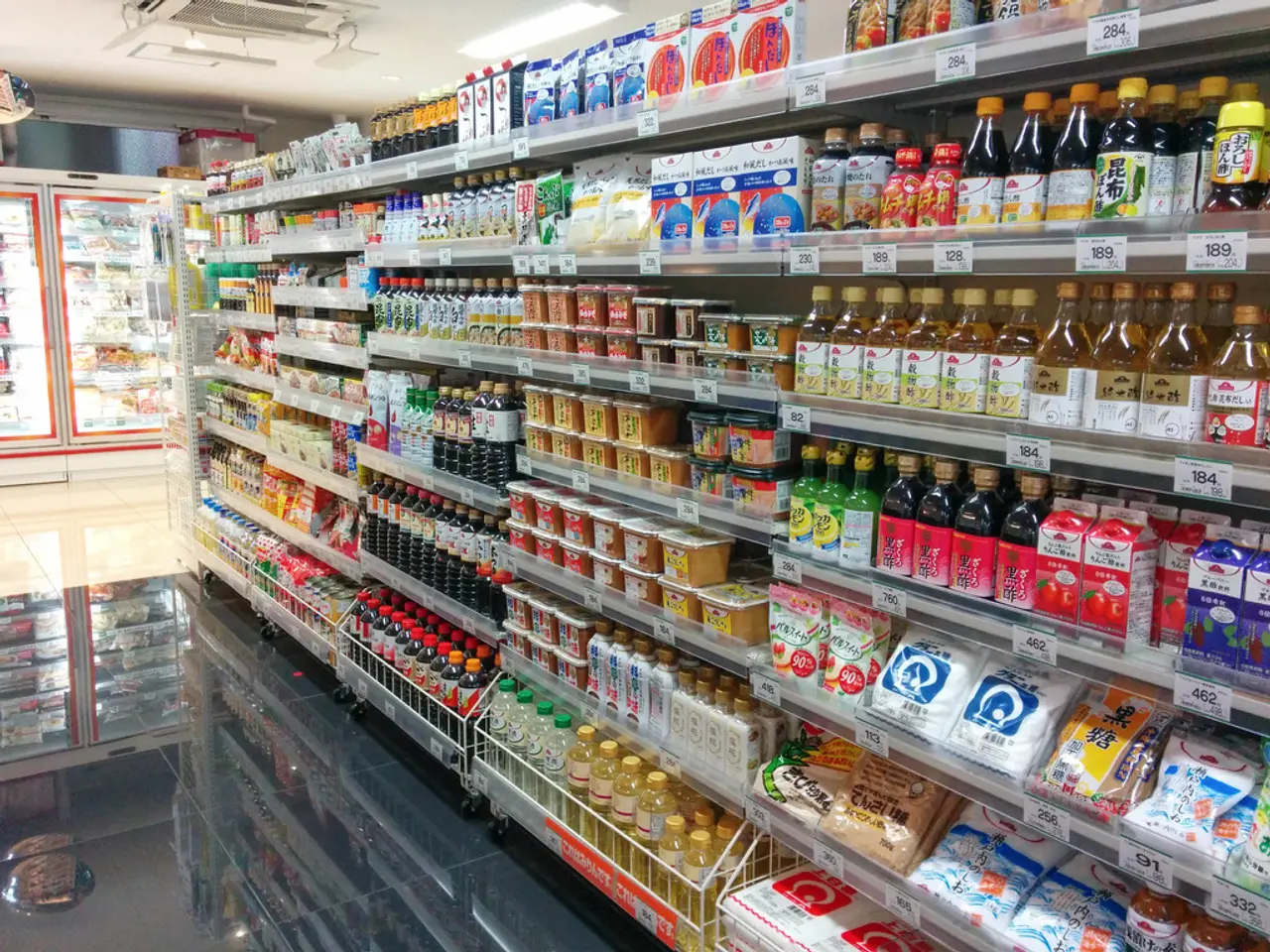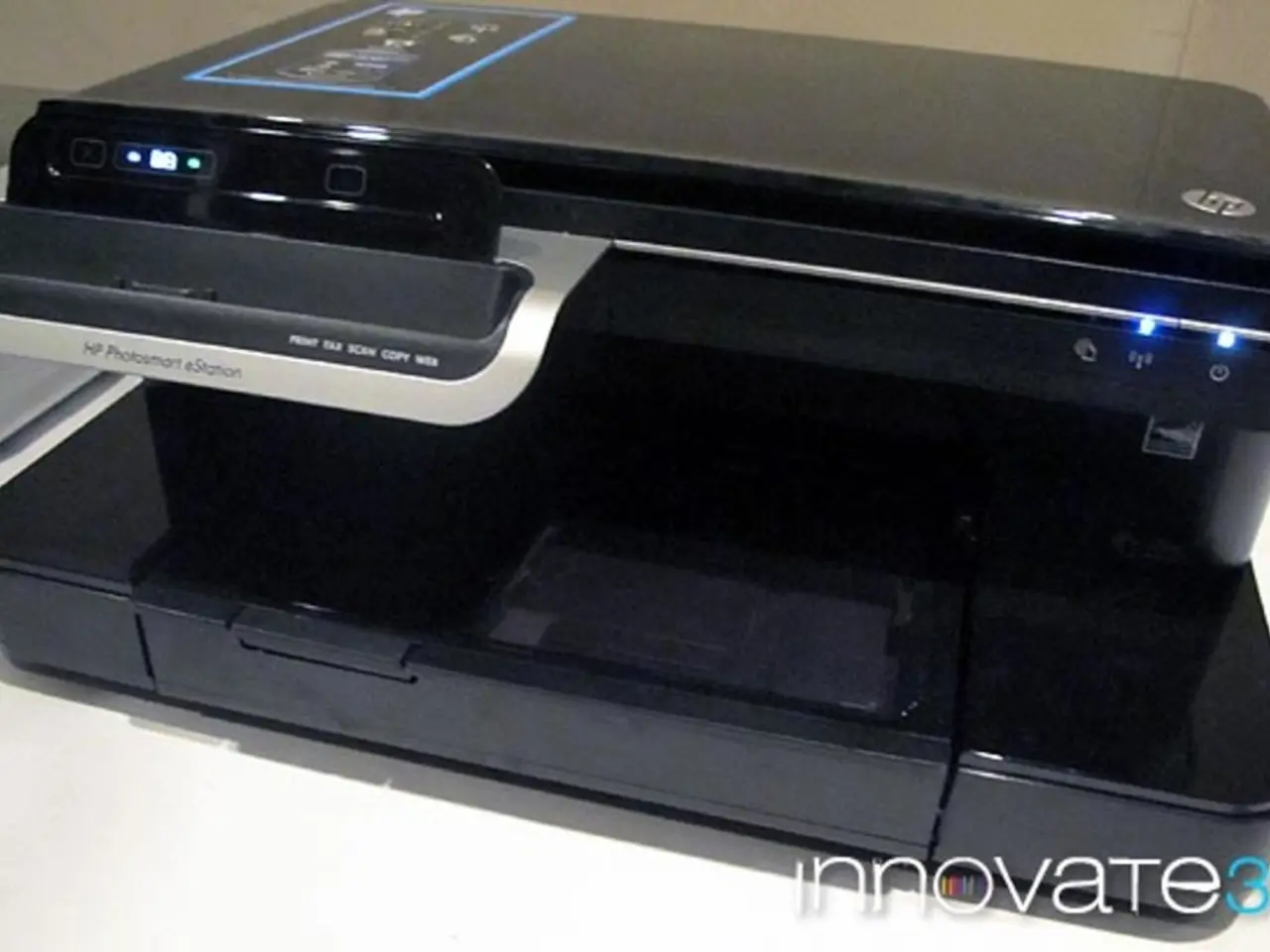2025 Guide for Clothing Prototype Creators and Apparel Prototypes
In the dynamic world of fashion, apparel prototyping, sampling, and product development are distinct but interconnected stages that play a crucial role in transforming designs into market-ready products.
Apparel Prototyping
The initial stage, apparel prototyping, is where design ideas are translated into physical or digital models, often as rough versions to test form, fit, and function. In 2025, this has evolved to include virtual prototyping with 3D garment simulations, enabling designers to visualize fabrics and drape digitally before physical creation, reducing waste and speeding decisions.
Sampling
Following prototyping, sampling involves creating detailed garment samples closer to the final product specifications. Sampling is collaborative, helping refine stitching, fabric behavior, construction, and fit. It allows multiple iterations and physical testing in in-house sample rooms to ensure the product aligns with the brand’s creative and production feasibility requirements. However, traditional sampling generates fabric waste—up to 35%—making innovations in digital sampling critical for sustainability.
Product Development
Product development encompasses the broader process from initial research and market analysis through concept design, prototyping, sampling, fit testing, and production planning. It integrates trend analysis, customer insights, and fabric innovations to develop a commercially viable garment that meets quality, ethical, and compliance standards. Product development coordinates design, technical, and production teams for a smooth transition from sample to mass production.
The Importance of These Stages in 2025
The integration of digital tools and AI has transformed traditional workflows. Virtual prototyping and AI-driven design accelerate ideation, reduce physical sample waste, and improve accuracy in forecasting fit and fashion trends. Sustainability is a major driver, with virtual prototyping and improved sampling techniques minimizing fabric waste and carbon footprint, aligning with ethical brand values and consumer demand for transparency and responsibility.
The convergence of digital and physical fashion (“phygital”) requires agile development processes that can handle both tangible garments and their digital counterparts, crucial for engaging consumers in immersive brand experiences and new market segments within the metaverse. Ethical labor practices and supply chain transparency, integrated from product development onward, are increasingly non-negotiable for brand credibility and retailer compliance in 2025.
The Role of Clothing Prototype Makers and Sample Makers
Clothing prototype makers utilize technical specifications, known as tech packs, to construct prototypes, which involves selecting appropriate fabrics, determining construction methods, and ensuring the garment meets design intentions. Prototyping is not limited to new designs; it's also essential when modifying existing products or introducing variations.
Sample makers focus on constructing physical samples based on provided specifications, while product developers oversee the entire product development process. Understanding the distinction between prototypes and samples is crucial for efficient product development.
In 2025, apparel prototypes are more critical than ever due to factors like quality assurance, cost efficiency, market responsiveness, and sustainability. Trends in apparel prototyping include 3D sampling, on-demand manufacturing, eco-friendly prototyping, and digital tech packs. However, challenges in clothing prototyping include material limitations, communication gaps, time constraints, and cost considerations.
Companies like Maker's Row connect designers with skilled garment sample makers across the USA, streamlining the development process. Platforms like these help find the right clothing sample makers, manage timelines, and ensure successful launches. The cost of creating a clothing prototype in 2025 varies by region and design complexity, ranging from $100 to $500 for pre-production samples and $80 to $300 per style for fit prototypes.
In summary, prototyping turns ideas into testable forms (digital or physical), sampling refines these into precise garment models, and product development manages the entire creative-to-production pipeline, ensuring garments meet market expectations, ethical norms, and sustainability goals in the evolving fashion landscape of 2025.
In the future of the fashion industry, on-demand manufacturing technologies are likely to be integrated with product development, enabling the creation of precise garment models while reducing fabric waste and improving sustainability. In this context, finance plays a crucial role in funding the adoption and implementation of such innovative manufacturing methods.
With the increasing importance of prototyping in apparel design, skilled clothing prototype makers and sample makers will play an essential role in the manufacturing industry. Their financial contributions, in terms of fees for creating prototypes and samples, will help manufacturers test new ideas and meet market expectations while maintaining ethical norms and sustainability goals.




